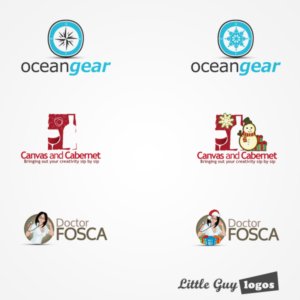Tips for Making Your Content Stand Out
Right now, everyone is shifting the focus of their content to COVID-19. Rightfully so, as it’s impacting everyone and everything around the world. People are looking for answers and businesses feel compelled to respond. This creates a new dilemma, however. The “market” of coronavirus content is now heavily saturated. Consumers are constantly being bombarded with new articles and updates around the situation everyday. From this arises the question for many marketers: Should I continue to create content around the same thing everyone else is?
This is a difficult issue and there’s no simple, one-size-fits-all answer. We do know that content is still essential for long-term SEO success and in a time like this, you don’t want to fall silent. The key is finding a balance between creating relevant content but also standing out among the masses. Here are some tips for doing that:
1. Focus on your audience’s current and most pressing needs.
Content marketing is really just about helping your audience solve their problems. Currently, everyone is facing unprecedented challenges. There are no pre-existing rules or guidelines for businesses in this situation, so we have all been continually adapting and shifting our strategies accordingly. Marketers need to closely monitor their audience members, what they’re asking, and what they need.
Your main focus should ultimately be creating content that helps your current and potential customers. Every time you publish a piece of content, ask yourself “is this helping my customers?” If the answer is no, and you’re just putting out content for the purpose of putting out content, it’s not worth it.
2. Incorporate reliable research and accurate data.
There is always massive amounts of inaccurate information circulating around the internet. When sharing or creating content, make sure it’s based on real research. Users want science and data to help them make the best decision, especially during times like these. Having solid evidence that supports your claim is extremely important.
3. Don’t ask for anything in return.
The biggest mistake a brand can make right now is appearing like they are trying to capitalize on the pandemic. Strive to deliver value without asking for anything in return. Instead of focusing on promoting your products or services, your main priority should be bringing value to users.
4. Continue to publish regular content.
Businesses are concerned that posting regular content will make them come across as insensitive or tone-deaf. While you should be careful with what you’re posting, continuing with regularly scheduled content is important for multiple reasons. The first is that, during this stressful and chaotic time, it’s nice to have tid bits of normalcy or light-heartedness. As long as the content is still sensitive to the current situation, it’s more than ok if it’s not addressing or focusing on the pandemic. The second reason being that SEO is still extremely important, and content is key for SEO success. If you delay or stop altogether publishing content, you’re only hurting yourself.
Final Thoughts
Right now, times are strange. Everyone is constantly searching for answers, but comfort as well. Making yourself stand out in an extremely saturated market is difficult, but not impossible. The key is finding balance between relevancy and uniqueness, while still providing value to users. Accomplishing this isn’t easy, but we can help. At Onimod Global we’re experts in social media, SEO, and content marketing. We help brands connect with their customers where and when they need them the most. Take a look at how we’ve helped other companies, and learn more about what we can do for you.


